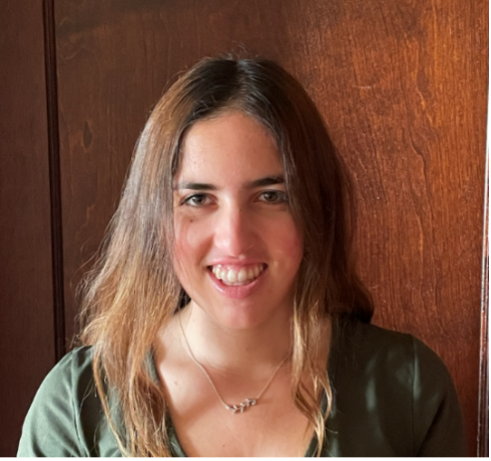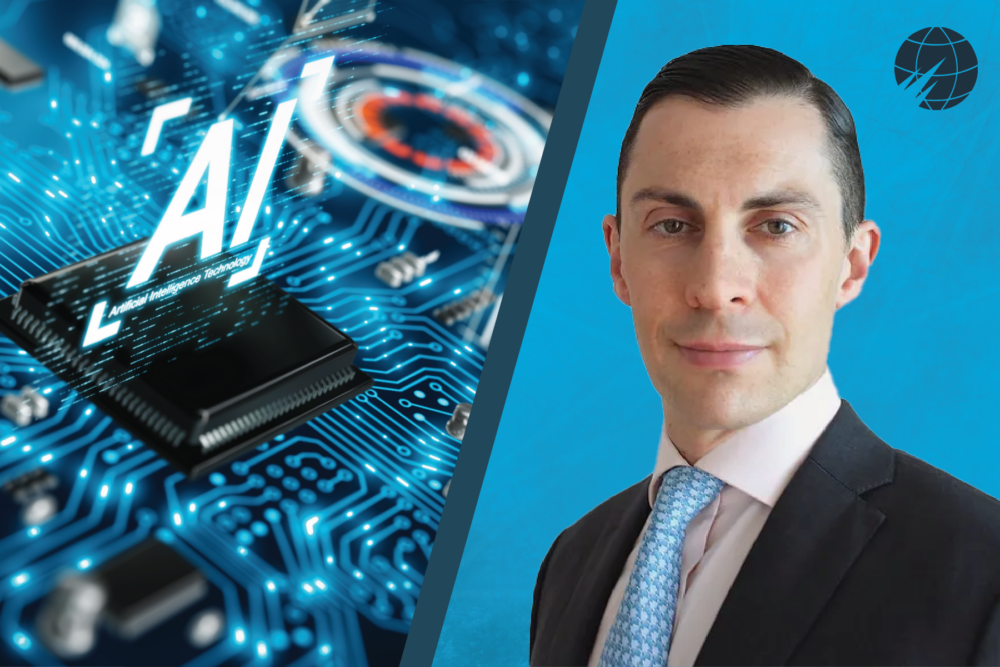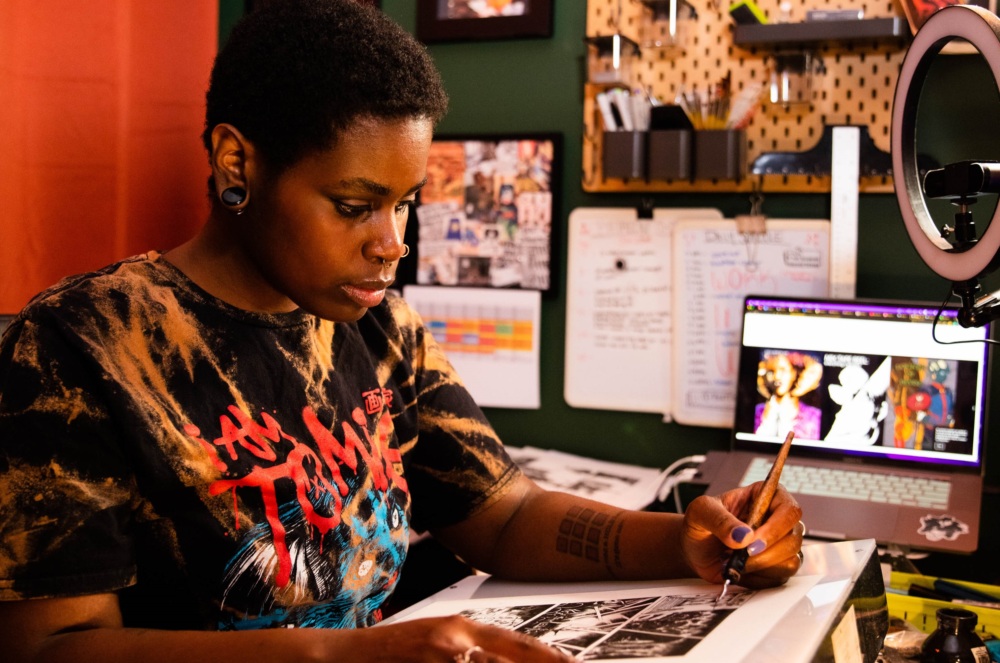
Maya Deutchman
Former Intern, NTI
Atomic Pulse
On June 12, 1982, more than one million people gathered on the streets of New York City to demonstrate their support for the United Nations’ Second Special Session on Disarmament. Despite an increasingly hostile arms race with the Soviet Union developing in the background, people from around the world joined activists, actors, musicians, and poets in Central Park to rally for peace and share in the hope that a world free from nuclear weapons was possible. How did the June 12, 1982 Disarmament Rally come to be? What is its legacy? And what lessons can we learn from it that will help bring us closer to nuclear disarmament in today’s complex world?
Dr. Vincent Intondi, professor of history and director of the Institute for Race, Justice, and Civic Engagement at Montgomery College, explores the activism and organizing efforts that laid the groundwork for the massive rally as well as its legacy in his new book, Saving the World From Nuclear War: The June 12, 1982, Disarmament Rally and Beyond. He discussed this history and how it relates to the current state of nuclear disarmament activism in an NTI seminar moderated by Douglas Shaw, senior advisor to the president at NTI.
In recounting the history of the rally, Intondi explained that the idea for it was sparked by the United Nations’ announcement that it would hold a Second Special Session on Disarmament. The announcement came at a time of growing fear over the possibility of nuclear war—the United States was deep in an arms race with the Soviet Union, and President Reagan was focused on maintaining a substantial nuclear arsenal. A number of activists decided to organize a rally to demonstrate mass support for disarmament.
However, despite much initial traction and excitement, Intondi explained that the rally almost didn’t happen. The diverse set of organizers could not agree on whether the rally should be singularly focused on nuclear disarmament, or whether it should be coupled with struggles against racism and other forms of militarism. Eventually, the organizers advocating for intersectionality won out. They convinced the others that the fight for nuclear disarmament was rooted in the fight for civil rights and racial justice and that such issues cannot be separated or siloed.
In addition to providing a historical recounting of the 1982 Disarmament Rally, Intondi said he used his book to highlight that the movement for nuclear disarmament has always been more diverse than is typically discussed. The Disarmament Rally was spearheaded primarily by women, members of the LGBTQ community, and people of color. It is critical, Intondi said, to recognize the diversity inherent in early disarmament activism so that the narrative is both accurate and representative.
Despite the enormous crowd and atmosphere of hope that characterized the day of the rally itself, Intondi reported that attendees expressed mixed feelings about its success. Some pointed to the lack of tangible outcomes—no consensus document came out of the UN session and the arms race did not stop or even seem to slow down. However, as Intondi explained, the reality is that many significant figures—from Nancy Reagan to George Shultz—expressed later that they were aware of what was happening on the streets and that it influenced them to change course. “It’s not just about changing policy,” Intondi commented, adding that when the movement for nuclear disarmament is seen as one that began in 1945 and continues to this day, it is clear that the Disarmament Rally played a critical role in shifting consciousness and altering the status quo.
So where do we go now? Intondi said that he does not know whether an event analogous to the 1982 rally could realistically take place in 2023, but he does know that there is much more to be done in the struggle for nuclear disarmament. When asked how to go about making disarmament a cause that is appealing to a broader audience, he explained that it is difficult to motivate people to rally behind nuclear disarmament because the cause can feel intangible, especially to young people who were not alive during the Cold War. He conceded that it’s even more difficult because the fight is not being waged just for people alive today as the nuclear weapons that exist now will continue to exist for decades to come. However, drawing on the words of Rebecca Solnit, Intondi said “fighting for future generations is not a reason to fall into despair, it’s a reason to dig in even harder,” Intondi said. “What I hope is that when people get done reading my book, they are educated, they are motivated, and they are inspired to once again raise up that anti-nuclear banner.”
Sign up for our newsletter to get the latest on nuclear and biological threats.
On October 11, NTI hosted Dr. James Johnson for a virtual seminar moderated by Senior Advisor to the NTI President Douglas Shaw to learn more about the consequences of AI technology for the nuclear age and what governments and experts should do in response.
Gigi Murakami is an American freelance illustrator and manga (comic) creator based in Brooklyn, New York. Her work blends Japanese manga art and vintage American comic and pulp aesthetics.
Eugenia Zoloto is a Ukrainian artist who specializes in paper cutting, collages, and illustrations, in addition to working with oil paints and mixed mediums. She lives in Kyiv with her husband and two children and is participating in the 2023 #CranesForOurFuture campaign by contributing a beautiful floral sculpture featuring an origami crane.


